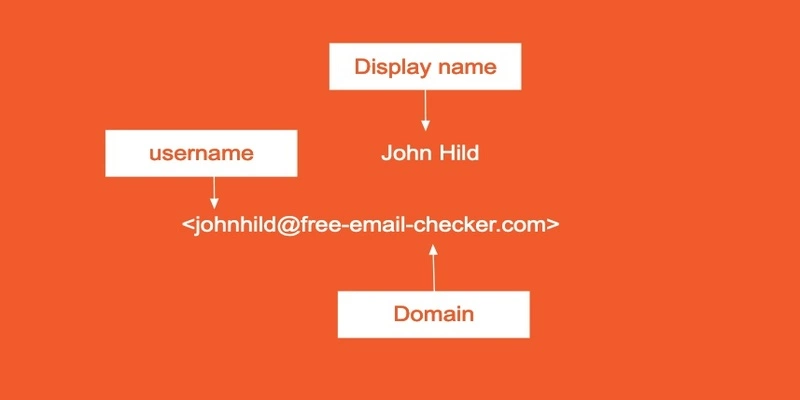In the early days of the internet, email was seen as a way to revolutionize how we communicate. It was fast, efficient, and seemed like the perfect solution to the problem of long-distance communication. However, as the years went by, email became more and more cluttered with spam, viruses, and other nuisances. Today, email is still an important part of our lives, but it's not the only way we communicate in the digital age. We also use instant messaging, social media, and video chat to stay in touch with friends and family.
The email address is one of the most ubiquitous features of the modern world. It is a staple of communication in the digital age, and it is one of the most essential tools of modern business. But where did the email address come from? How did it become such an important part of our lives?
The email address has its origins in the early days of the internet. In the early days of computer networking, scientists and engineers used email to communicate with one another. This was before the World Wide Web, and the internet was still a mostly academic tool. However, the email address soon became a way for people to communicate with one another on the internet.
The first email address was created in 1971 by computer scientist Ray Tomlinson. Tomlinson was working on a project (Pentagon) at the time that involved connecting two computers together so that they could communicate.
Tomlinson came up with the idea of using the @ symbol to separate the user's name from the domain name, and thus the first email address was born. Since then, email has become an essential part of our lives, and the @ symbol has become synonymous with email itself.
Tomlinson's invention changed the way we communicate and has had a profound impact on the way we do business. Today, email is essential for exchanging information and conducting transactions.
Email has become one of the most ubiquitous forms of communication in the modern world. It is estimated that there are over 3.8 billion email users worldwide, and this number is only expected to grow in the years to come.
Nowadays, the syntax of an email address is determined by Requests for Comments (RFC) documents, published by the Internet Engineering Task Force and the Internet Society. Together, they set standards for the usage of the Internet at large. RFC 5322 concerns itself with electronic mail, or email.
Parts of an email address
An email address is made up of three parts: the user name, the @ symbol, and the domain name.
The user name is the name of the mailbox that will receive the email. It can be up to 64 characters long and consist of any combination of letters, numbers, or other 7bit ASCII special characters
The @ symbol is used to separate the user name from the domain name.
The domain name is the address of the server that will host the mailbox. It must match the requirements for a hostname, and can contain Latin letters, the numbers 0 through 9, and hyphens.
For example, in the email address john@example.com, john is the user name, @ is the separator, and example.com is the domain name. When you send an email to this address, it will be delivered to the john mailbox on the example.com server.
The user name and domain name can be anything you want, but there are some restrictions on the characters that can be used. The user name can contain letters, numbers, and some punctuation marks.
So next time you send an email, take a moment to think about the humble @ symbol and how it has revolutionized communication.
How to validate an email address syntax with Easy Email Verification
An invalid email address can have a negative impact on your company in a number of ways. For instance, a high bounce rate or a poor rating from Internet Service Providers can result in your emails being marked as spam.
Your email address may be invalid for any number of reasons, including those listed below:
- An account that was once active but has since been shut down by the ISP or owner;
- Incorrect information provided to you by a data provider or other third party;
- The email was entered incorrectly;
- A user deliberately gave you an invalid address.
To ensure that your messages are effective and benefiting your company, you must ensure that the email addresses you are sending to are valid and active.
Email verification is an important part of maintaining a clean mailing list. Easy Email Verification offers a real-time verification service to help you keep your list free of invalid addresses. Multiple connection methods let you customize your plan to fit your needs. Plus, you can verify millions of emails from a variety of sources, including contact and lead forms, CRMs, and more. You can even automate the verification process so you can be confident that your emails will not bounce every time you press send.
